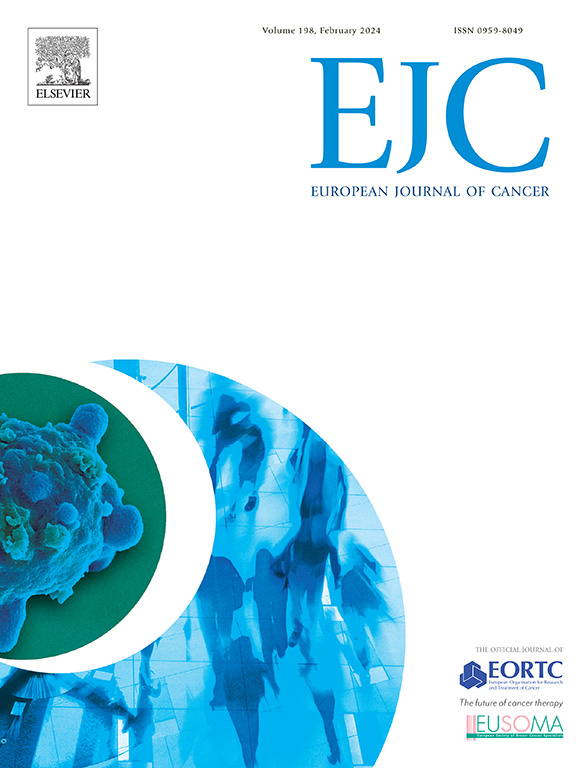筛查乳房x光检查有效性的评估:IARC 2015年的建议需要修订
IF 7.6
1区 医学
Q1 ONCOLOGY
引用次数: 0
摘要
乳腺癌筛查的有效性是通过其在现实世界中降低乳腺癌死亡率的能力来衡量的。国际癌症研究机构(International Agency for Research on Cancer, IARC)在2015年发表的观点认为,观察性研究(队列和病例对照)是评估乳房x光筛查有效性的首选方法。一种统计方法被认为可以纠正选择参加或不参加筛查的妇女之间的个人特征差异(自我选择偏差)。但我们在一项观察性研究的系统综述中显示,与从未参加筛查的女性相比,参加筛查的女性乳腺癌死亡风险降低了45% %(95% % CI: 40-50 %),乳腺癌以外原因死亡风险降低了46% %(95% % CI: 42-50 %)。乳房x光检查对乳腺癌以外的死亡原因没有已知的有益影响。如果乳房x光检查降低了乳腺癌死亡的风险,那么人们可以预期,乳腺癌死亡风险的降低百分比要比全因死亡风险的降低百分比大得多。我们的研究结果表明,乳房x光检查的出勤率是与任何原因(包括乳腺癌)死亡风险较低相关的个人特征指标,而观察性研究将其误解为筛查效果。本文对IARC 2015年的建议提出了质疑,并主张恢复IARC在2002年基于描述性和比较研究提出的建议。本文章由计算机程序翻译,如有差异,请以英文原文为准。
Evaluation of screening mammography effectiveness: The IARC recommendations of 2015 need revision
Breast cancer screening effectiveness is measured by its ability to reduce breast cancer mortality in real world settings. A viewpoint issued by the International Agency for Research on Cancer (IARC) in 2015 considered that observational studies (cohort and case-control) are the preferred methods to evaluate the effectiveness of mammography screening. A statistical method was deemed to correct for differences in personal characteristics between women choosing to attend or to not attend screening (self-selection bias). But we showed in a systematic review of observational studies that, compared to women who never attend screening, attenders have a 45 % reduction in their risk of breast cancer death (95 % CI: 40–50 %) and a 46 % reduction (95 % CI: 42–50 %) in their risk of death from a cause other than breast cancer. Screening mammography has no known beneficial influence on causes of death other than breast cancer. If screening mammography reduced the risk of breast cancer death, one would expect a much greater percentage reduction in the risk of breast cancer death than in the risk of all-cause death. Our results suggest that screening mammography attendance is an indicator of personal characteristics associated with a lower risk of dying from any cause, including from breast cancer, which observational studies have misinterpreted as a screening effect. This paper calls into question the IARC 2015 recommendations and advocates the reinstatement of recommendations made by the IARC in 2002 which were based on the use of descriptive and comparative studies.
求助全文
通过发布文献求助,成功后即可免费获取论文全文。
去求助
来源期刊

European Journal of Cancer
医学-肿瘤学
CiteScore
11.50
自引率
4.80%
发文量
953
审稿时长
23 days
期刊介绍:
The European Journal of Cancer (EJC) serves as a comprehensive platform integrating preclinical, digital, translational, and clinical research across the spectrum of cancer. From epidemiology, carcinogenesis, and biology to groundbreaking innovations in cancer treatment and patient care, the journal covers a wide array of topics. We publish original research, reviews, previews, editorial comments, and correspondence, fostering dialogue and advancement in the fight against cancer. Join us in our mission to drive progress and improve outcomes in cancer research and patient care.
 求助内容:
求助内容: 应助结果提醒方式:
应助结果提醒方式:


